Resources Countries
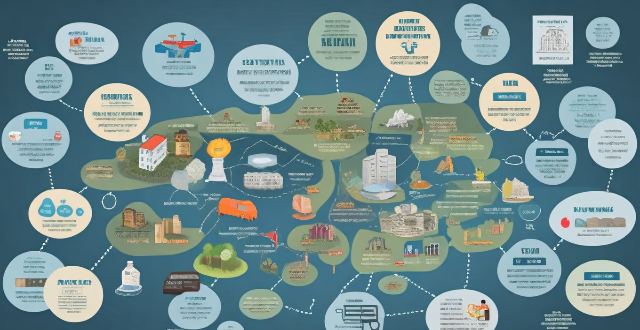
How do climate policies vary between developed and developing countries ?
This article compares the climate policies of developed and developing countries, highlighting differences in economic resources, technological capabilities, and political priorities. Developed countries have larger economies and more financial resources to invest in climate change initiatives, while developing countries face challenges due to limited financial resources. Technological capabilities also differ significantly, with developed countries possessing advanced technologies for renewable energy and emission reduction strategies, while developing countries lack such infrastructure. Political priorities also vary, with developed countries often prioritizing climate action, while developing countries may prioritize other pressing issues. The article concludes that international cooperation and support mechanisms are crucial for bridging these gaps and fostering a global response to climate change that is both equitable and effective.
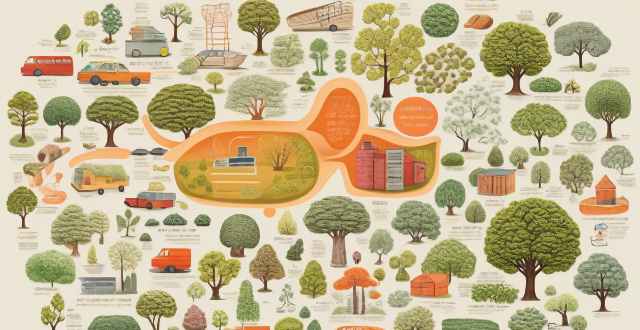
Is it ethical for developed countries to consume more resources than developing ones ?
The question of whether developed countries should consume more resources than developing ones is complex, involving considerations of equity, environmental stewardship, economic implications, and social-political dynamics. Ethical concerns include fair distribution of resources and meeting basic needs in developing nations, as well as the responsibility to reduce ecological footprints and mitigate global climate change. Practical considerations involve economic growth, infrastructure needs, national sovereignty, and compliance with international agreements. While ethical arguments exist against overconsumption by developed countries, economic realities and political factors complicate the issue. Many developed nations are adopting sustainable practices, and international cooperation is essential for equitable resource management and conservation. Striking a balance between current needs and future preservation is a universal challenge.

What role do international aid and foreign investments play in the economic growth of low-income countries ?
The text discusses the crucial role of international aid and foreign investments in promoting economic growth in low-income countries. It highlights how these two factors contribute to development by providing financial resources, technical expertise, and market access. The text also emphasizes the need for effective and transparent use of these resources to maximize their impact on sustainable economic growth.

How do countries measure their progress towards achieving climate goals ?
Countries measure their progress towards achieving climate goals through various indicators and metrics. These include Nationally Determined Contributions (NDCs), greenhouse gas inventories, renewable energy production, carbon intensity, forest cover and land use changes, climate finance flows, policy implementation, and public awareness and participation. By tracking these factors, countries can assess their performance in reducing emissions, adapting to climate impacts, and supporting global efforts to combat climate change.

How do international teacher training standards compare across different countries ?
This text is about the differences in teacher training standards across countries. It explains that while there are some common elements to most teacher training programs, such as foundational education and practical experience, there are also significant differences due to factors like cultural influences and funding. The text then goes on to describe these differences in more detail.

What role do developing countries play in climate governance ?
The article discusses the crucial role of developing countries in climate governance, highlighting their vulnerability to climate change, growing greenhouse gas emissions, active participation in international negotiations, innovation and technology transfer, financing and investment needs, and capacity building requirements. It emphasizes that developing countries are essential for achieving a successful outcome in the global fight against climate change.

What are some innovative examples of climate adaptation in developing countries ?
Climate adaptation is becoming increasingly important for developing countries, which often lack the resources to cope with the impacts of climate change. However, these countries are also finding innovative ways to adapt to changing environmental conditions. Here are some examples: 1. Integrated Watershed Management 2. Climate-Smart Agriculture 3. Ecosystem-Based Adaptation 4. Urban Green Infrastructure 5. Community-Based Adaptation
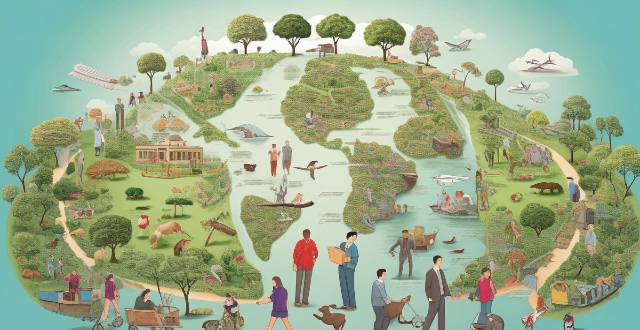
How do developing countries participate in international climate agreements ?
Developing countries play a crucial role in the global effort to combat climate change. Their participation in international climate agreements is essential for achieving a sustainable future for all nations. This article discusses how developing countries can engage with these agreements and contribute to global climate action by prioritizing education and awareness, seeking technical assistance, accessing financial and technological support, ensuring inclusivity and representation, building capacity through institutional strengthening and training programs, and engaging in collaboration and partnerships. By addressing these key points, developing countries can play a significant role in shaping global climate policy and contributing to a more sustainable future for our planet.

What challenges do developing countries face in adopting renewable energy policies ?
Developing countries face numerous challenges in adopting renewable energy policies, including lack of infrastructure and technology, high costs and limited financing options, inadequate legal and regulatory frameworks, limited human resources and capacity building, social and cultural barriers, and environmental concerns and sustainability challenges. These challenges must be addressed to effectively implement and maintain renewable energy projects in these countries.

Can developing countries meet the same climate commitments as developed ones ?
Climate change is a global challenge that requires collective action from all countries, regardless of their level of development. However, the question arises: can developing countries meet the same climate commitments as developed ones? This article discusses the differences in economic and technological capabilities, international support and collaboration, and national priorities and policy choices between developed and developing countries. While there are significant differences between the two groups of countries in terms of their ability to meet stringent climate commitments, international support and collaboration can help bridge these gaps. Additionally, national priorities and policy choices play a crucial role in determining whether developing countries can successfully implement climate actions while balancing other developmental goals.

What role do developing countries play in climate summit discussions ?
Developing countries play a significant role in climate summit discussions by contributing to mitigation efforts, adaptation strategies, and technology transfer. However, they face challenges such as limited resources, unequal responsibility, and lack of representation. It is crucial to recognize and address these challenges to ensure that developing countries are adequately represented and supported in climate negotiations.

What are the challenges faced by developing countries in emission reduction ?
Developing countries face numerous challenges in reducing their greenhouse gas emissions, including lack of financial resources, technological constraints, socio-economic factors, policy and regulatory challenges, cultural and educational barriers, and natural resource availability. These challenges highlight the complex nature of emission reduction efforts in developing countries and underscore the need for international cooperation, financial assistance, and technology transfer to support their transition to a low-carbon future.

How do biosafety policies differ across countries and regions ?
Biosafety policies are crucial for protecting public health and the environment from potential risks associated with biotechnology. These policies vary significantly across countries and regions due to differences in regulatory frameworks, cultural values, economic resources, and technological advancements. The United States has a well-established regulatory framework for biosafety, while the European Union has a strict regulatory framework. In Asia, China and India have relatively new biosafety laws. Cultural values also play a significant role in shaping biosafety policies across countries and regions. Economic resources can impact the implementation and enforcement of biosafety policies, and technological advancements can introduce new challenges and opportunities.
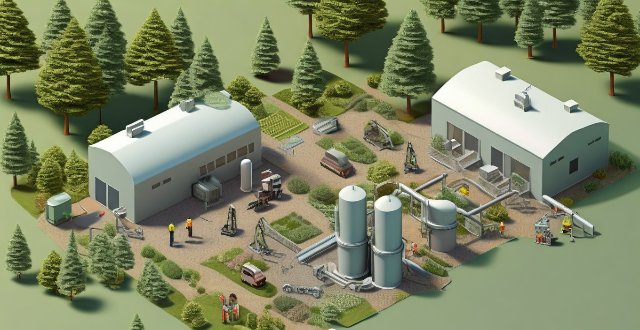
What role do developed countries play in achieving climate justice ?
The article discusses the role of developed countries in achieving climate justice. It outlines their historical responsibility, technological advantage, financial resources, and leadership in policy influence. Developed nations are responsible for a significant portion of greenhouse gas emissions due to early industrialization and higher per capita emissions. They also have the capability to drive innovation in clean energy technologies and facilitate technology transfer to less developed countries. Financial assistance through climate funds and green investments is essential for adaptation and mitigation efforts worldwide. Leadership in international agreements and stringent domestic policies set global benchmarks and encourage other nations to adopt cleaner practices. Overall, developed countries play a crucial role in bridging the gap between developed and developing nations and working towards a more equitable future for all.

Can developed and developing countries achieve carbon neutrality at the same pace ?
The article discusses the challenges and potential solutions for developing countries to achieve carbon neutrality at the same pace as developed countries. The key differences between developed and developing countries in terms of economic development, technological advancements, and political will are highlighted. Developed countries have higher GDP per capita, more resources for research and development, and greater financial capacity to invest in renewable energy infrastructure. In contrast, developing countries have lower GDP per capita, limited resources for research and development, and less financial capacity to invest in renewable energy infrastructure. Technological advancements also play a crucial role in achieving carbon neutrality. Developed countries have advanced technology and innovation in clean energy sectors, access to cutting-edge research facilities, and well-established industries with experience in implementing sustainable practices. In contrast, developing countries have emerging technology and innovation in clean energy sectors, limited access to advanced research facilities, and infant industries with less experience in implementing sustainable practices. Political will is another factor that affects the pace of achieving carbon neutrality. Developed countries have stronger political commitment to addressing climate change through policy measures, more established regulatory frameworks for promoting renewable energy adoption, and greater public awareness and support for environmental issues. In contrast, developing countries have varying levels of political commitment to addressing climate change through policy measures, less established regulatory frameworks for promoting renewable energy adoption, and lower public awareness and support for environmental issues due to other pressing concerns such as poverty and healthcare. Developing countries face several challenges in achieving carbon neutrality, including lack of financial resources, technological barriers, and infrastructure challenges. Potential solutions for developing countries include international cooperation and funding, capacity building and education, and policy interventions and regulatory reforms. By working together through these solutions, both developed and developing countries can make significant progress towards a more sustainable future.
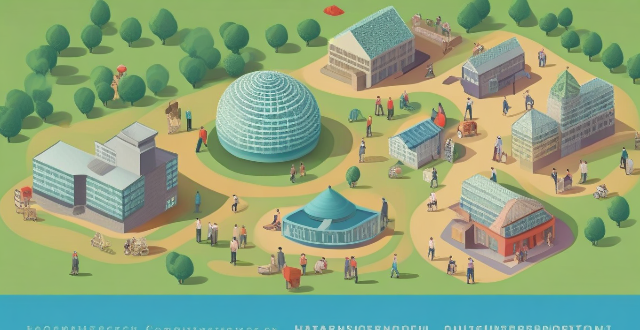
How can we balance the needs of developing countries with those of developed countries when it comes to climate action ?
This article explores strategies for balancing the needs of developing and developed countries in climate action. It discusses economic disparities, environmental impact, finance and technology transfer, capacity building, equitable emission reductions, adaptation support, collaborative research and innovation, and policy coherence as key factors to consider. The article emphasizes that achieving a balance requires recognizing the unique circumstances and needs of both types of countries and implementing strategies such as financial support, technology transfer, capacity building, equitable emission reductions, adaptation support, collaborative research, and policy coherence.
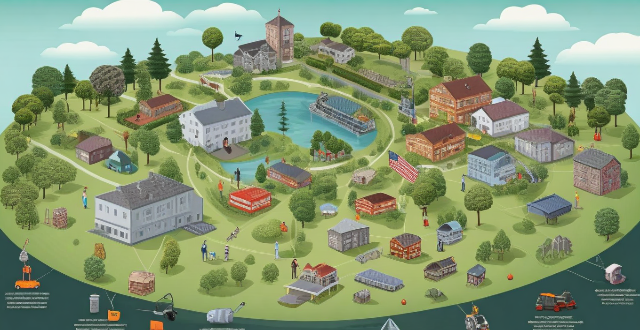
Is cryptocurrency legal in all countries ?
The legality of cryptocurrency varies across countries, withThe legality of cryptocurrency varies across countries, with it and others banning or The United States, Japan, and El Salvador are examples of countries where cryptocurrency is legal and regulated. In contrast, Algeria, Egypt, and Nepal have outright banned it due to concerns over financial stability and potential misuse in illegal activities. China, India, and Russia have imposed restrictions on its use but have not completely prohibited it. It is crucial to understand local laws and regulations before engaging in any cryptocurrency-related activities.

What challenges do countries face when trying to achieve climate cooperation ?
**Challenges in Achieving Climate Cooperation:** Countries face numerous challenges when trying to cooperate on climate issues due to diverse national interests, unequal responsibility and capacity, economic implications of climate policies, geopolitical tensions, scientific uncertainty and skepticism, and institutional barriers. These factors can lead to disagreements about who should bear the burden of reducing emissions and how much financial and technical support should be provided to less capable nations. By understanding these challenges, countries can work together to find solutions that balance national interests with the global imperative of combating climate change.

What strategies can low-income countries adopt to attract more tourists and boost their tourism industry ?
Low-income countries face challenges in attracting tourists due to limited infrastructure and resources, but can boost their tourism industry by developing infrastructure, promoting local culture, offering affordable packages, focusing on sustainable tourism, partnering with agencies, and improving safety.

How are countries working together to combat climate change ?
The text discusses the various international initiatives and agreements aimed at combating climate change, emphasizing the importance of global collaboration in addressing this complex issue. Key points include: 1. **International Agreements** such as the UNFCCC, Kyoto Protocol, and Paris Agreement set the framework for countries to commit to reducing greenhouse gas emissions and limiting global warming. 2. **Multilateral Cooperation** platforms like the Global Green Growth Forum and Clean Energy Ministerial focus on sharing knowledge and promoting sustainable practices. 3. **Financial and Technical Support** mechanisms, including the Green Climate Fund and Adaptation Fund, provide resources for developing countries to tackle climate change effectively. 4. **Research and Development** organizations, including the IEA and IPCC, offer scientific assessments and energy strategies to guide policy decisions. 5. **Education and Public Awareness** programs aim to integrate climate change education into global curricula and raise public awareness about its implications. 6. **Mitigation and Adaptation Strategies**, such as Nationally Appropriate Mitigation Actions (NAMAs) and Integrated Coastal Zone Management (ICZM), help countries adapt to and reduce the impacts of climate change. These efforts underscore the collective action required from nations worldwide to mitigate and adapt to the challenges posed by climate change, ultimately working toward a more sustainable future.

How can developing countries participate effectively in global climate cooperation ?
Developing countries can participate effectively in global climate cooperation by building capacity for climate action, promoting sustainable development pathways, engaging actively in international climate negotiations, and leveraging domestic resources and partnerships. This involves developing national climate policies and strategies, strengthening institutional capacity, integrating climate considerations into national development plans, fostering innovation and technology transfer, participating in global climate dialogue, seeking international support and financing, mobilizing domestic resources for climate action, and fostering cross-sectoral partnerships. By taking these steps, developing countries can contribute significantly to mitigating climate change and adapting to its impacts while promoting sustainable development and poverty reduction.

Is wind energy a viable option for developing countries ?
Is wind energy a viable option for developing countries? Yes, wind energy offers numerous benefits such as cost-effectiveness, sustainability, job creation, and improved energy security. However, several challenges must be addressed including infrastructure needs, financing barriers, policy development, and environmental considerations. With careful planning and strategic investments, wind energy can indeed be a viable option for developing countries looking to build a sustainable future.

How do developing countries benefit from the Clean Development Mechanism (CDM) ?
How Developing Countries Benefit from the Clean Development Mechanism (CDM) The Clean Development Mechanism (CDM) of the Kyoto Protocol brings numerous benefits to developing countries, including technology transfer, sustainable development, and environmental advantages. It also enhances their capacity building, global engagement, and influences policy-making towards sustainability. Overall, the CDM aids in reducing emissions while fostering economic growth and environmental conservation.

What are the key challenges in developing countries for adapting to climate change ?
Adapting to climate change is a complex and multifaceted challenge that affects all countries, but developing nations often face unique obstacles due to their limited resources, infrastructure, and capacity. Here are some of the key challenges they encounter: 1. **Economic Constraints**: Many developing countries lack the financial resources needed to implement large-scale adaptation measures. Economies heavily reliant on agriculture, fishing, or tourism are particularly vulnerable to climate impacts. The cost of technologies required for adaptation can be prohibitively expensive. 2. **Infrastructure & Technology**: Existing infrastructure may not be designed to withstand increased extreme weather events. There is often a lack of access to advanced technologies that could aid in adaptation efforts. 3. **Socio-Political Factors**: Unstable political environments can hinder long-term planning and investment in adaptation strategies. Marginalized communities often have less access to resources and information, making them more vulnerable to climate impacts. Climate change can cause mass migrations, straining social services and increasing tensions. 4. **Information & Education**: Reliable climate data is essential for adaptation planning, but many developing countries lack this data. Limited education about climate change can lead to a lack of understanding about its risks and the need for adaptation. 5. **Health Impacts**: Warmer temperatures can expand the range of disease vectors like mosquitoes, leading to increased health risks. Extreme weather events can disrupt healthcare services, making it difficult to treat climate-related health issues. 6. **Environmental Concerns**: Climate change accelerates the loss of biodiversity, which can have cascading effects on ecosystems and human well-being. Pressure to convert forests to agricultural land increases vulnerability to climate impacts and reduces carbon sinks. 7. **Conclusion**: Adapting to climate change requires a comprehensive approach that addresses these challenges head-on. It involves building resilience through economic diversification, strengthening infrastructure, enhancing governance and social systems, improving access to information and education, protecting public health, and conserving the environment. For developing countries, overcoming these challenges is not just about survival; it's about ensuring a sustainable future where growth and development can thrive amidst a changing climate.
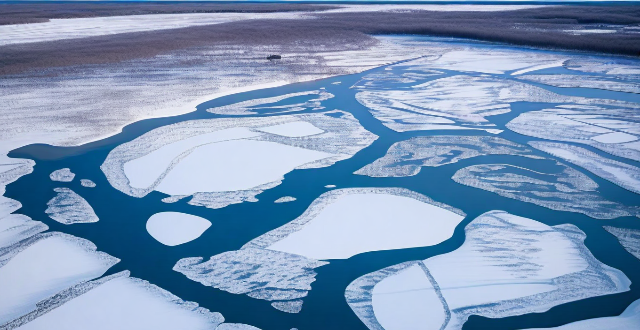
How is climate change affecting global water resources ?
The impacts of climate change on global water resources include reduced availability due to melting snowpack and glaciers, more frequent droughts and floods, saltwater intrusion into coastal aquifers, and changes in runoff patterns. Water quality is also affected by warmer water temperatures leading to harmful algal blooms, acid rain from increased carbon dioxide levels, pollutant transport from heavy rainfall events, and eutrophication from nutrient loading. The distribution of water resources is impacted by increased water stress in arid regions, migration and displacement of people seeking reliable water sources, strain on infrastructure from extreme weather events, and disruption of aquatic ecosystems due to altered flow regimes. Addressing these challenges requires both mitigation efforts to reduce greenhouse gas emissions and adaptation measures to build resilience against the impacts of climate change on water resources.
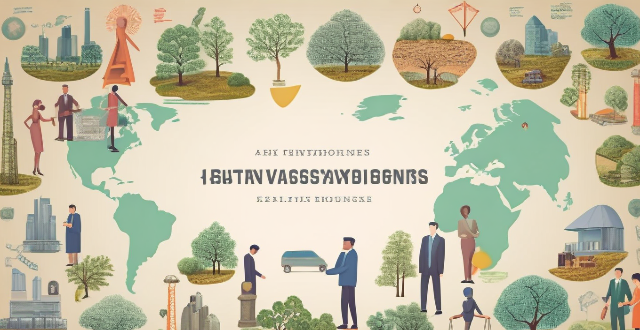
How does environmental legislation differ across countries ?
Environmental legislation varies across countries due to differences in economic development, political systems, cultural values, and environmental priorities. The legal framework for environmental protection ranges from comprehensive laws covering various issues to piecemeal legislation addressing specific problems. Enforcement mechanisms also differ, with some countries having strong regulatory bodies and others lacking institutional capacity or political will. Penalties and sanctions for non-compliance vary widely, as do opportunities for public participation in decision-making processes. International cooperation is crucial but varies in commitment and action among countries. Overall, these differences highlight the need for greater coordination and cooperation to address global environmental challenges effectively.

How does climate change impact the social and economic development of countries hosting climate refugees ?
Climate change leads to displacement of people, creating challenges for hosting countries in social and economic development. Social impacts include increased population, cultural conflicts, security concerns, and integration challenges. Economic impacts involve strained resources, unemployment issues, depletion of natural resources, and financial burden. Addressing these challenges requires coordinated efforts from various stakeholders.
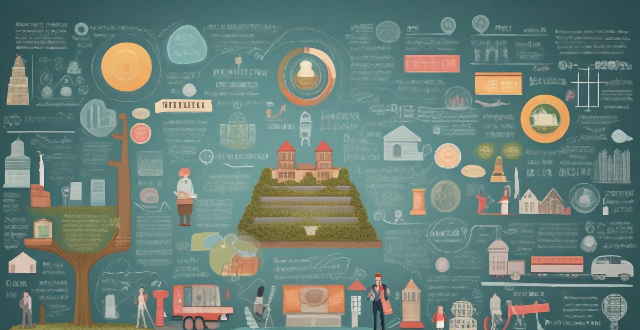
How can we address the lack of climate education in developing countries ?
Addressing the lack of climate education in developing countries requires a multi-faceted approach that considers local contexts, cultural values, and educational infrastructures. Strategies include prioritizing climate education at the policy level, enhancing access to educational resources, training and supporting educators, community engagement and empowerment, building sustainable infrastructure, research and development, and international cooperation and exchange. By implementing these strategies, developing countries can work towards bridging the gap in climate education and ensure that future generations are equipped with the knowledge to confront the challenges of our changing climate.
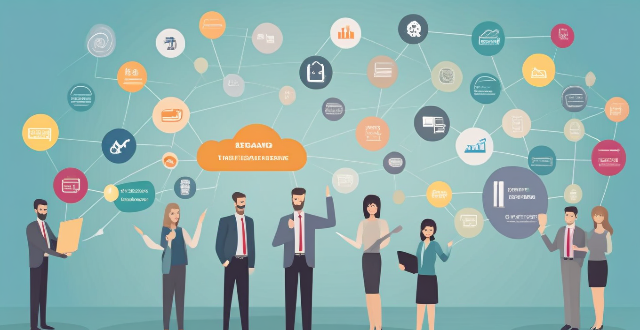
Does immigration policy contribute to brain drain in certain countries ?
Immigration policy can contribute to brain drain by offering attractive programs for skilled workers and students, providing better economic opportunities and living conditions, and catering to social and cultural factors. This results in a loss of talent for source countries but can also lead to brain circulation if individuals return with valuable skills.
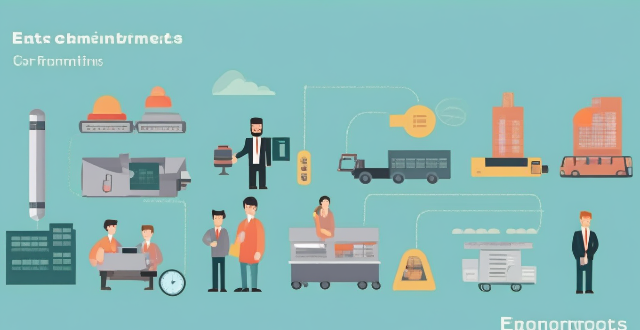
Can carbon credits be a sustainable source of income for developing countries ?
The article explores the potential of carbon credits as a sustainable source of income for developing countries, highlighting their benefits in revenue generation, sustainable development, and international cooperation. However, it also underscores the challenges such as market volatility, implementation complexities, and ensuring environmental integrity. The conclusion emphasizes that with robust frameworks and transparent monitoring, carbon credits can be a cornerstone of sustainable development strategies for developing countries.